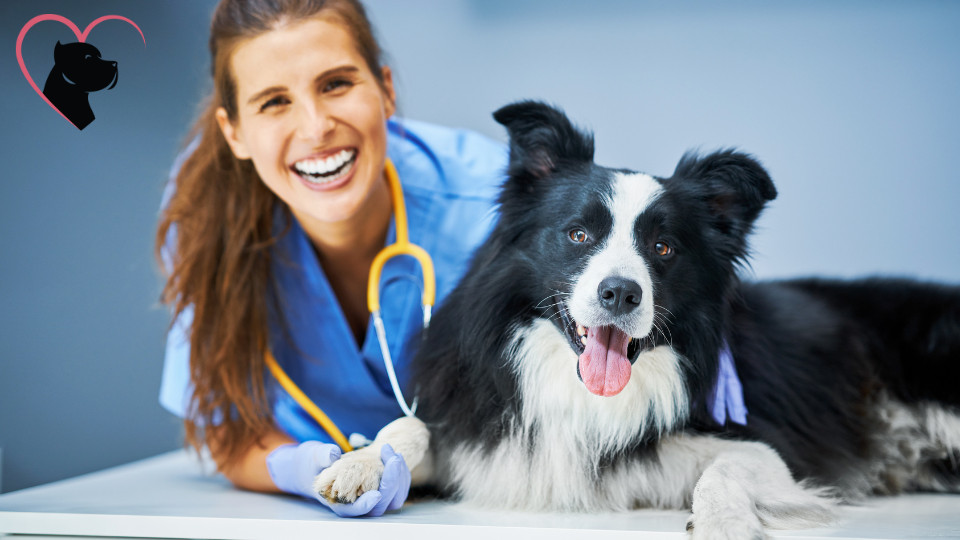
The other day I met with someone who had rescued a puppy and while I was happy to hear the puppy had already found a new home, I was shocked to learn that he had already been neutered…at 8 weeks old!!
We are regularly told by both veterinarians and the public that in order to regulate the dog population we need to spay and neuter our dogs, the sooner the better. And when we see that thousands of animals are euthanized every year due to uncontrolled production of puppies and kittens, we can understand why.
Perhaps the discussions should be around more education around responsible breeding? As an example, in my home country of Norway, neutering is not normal and only allowed under special circumstances – and there’s not the issue of overpopulation that we see here.
Other arguments are that this procedure will also reduce the risks of certain cancers, and also prevent aggressive behavior in males. This has in fact proven to be quite the opposite: that aggression and behavioral issues come after neutering, not before.
Removing a body part will always leave you with a risk of something not functioning normally post-surgery. But let’s dive into alternatives we have when it comes to spaying and neutering our dogs (beside being responsible pet parents!)

Ovary-sparing spay, also known as partial spay or hysterectomy, is a sterilization method for female dogs that differs from the traditional spay operation in that it removes the uterus and cervix but leaves one or both ovaries intact.
Compared to a traditional spay, which removes both the ovaries and the uterus, ovary-sparing spay only removes the uterus, leaving the ovaries.
The main benefits of this is that it prevents pregnancy while maintaining natural hormone production and reduces the risk of health issues associated with complete hormone loss.
Unfortunately, not a lot of veterinarians do this, either because they are not trained or they are hard to find across the country (and it’s also more costly).
A vasectomy sterilizes male dogs while sparing testosterone. The procedure involves severing or ligating the vas deferens, the duct that transports sperm. The procedure is quick and less invasive than castration.

There have been several studies in dogs showing that dogs that were neutered at 6 months of age or before were at increased risk for cancers like mast cell, osteosarcoma, hemangiosarcoma and lymphoma, compared to intact dogs.
Additionally they were more prone to developing behavioral problems such as separation anxiety, noise phobia, fear biting and timidity.
Early spaying/neutering has also shown to lead to orthopedic issues as well, delayed closure of growth plates, potentially resulting in joint problems, increased risk of cranial cruciate ligament (CCL) ruptures and hip dysplasia, especially in large breeds.
Removing the reproductive organs disrupts the endocrine system, affecting hormone production, which can have wide-ranging effects on the body.
Without ovaries or testicles, the body will continue to produce luteinizing hormones in excessive amounts by the pituitary gland and can result in issues like hypothyroidism, diabetes, cognitive dysfunction, obesity, urinary incontinence, bladder cancer and much more.
This is a huge topic that requires much more space than a single blog post, and lots of research is still being done on the subject.
But please consider waiting until your male dog is between 1 ½ – 2 years old (depending on the breed) or when they;’ve gone through puberty, (a sign can be when they start to lift their leg to urinate) or your female dog has gone through at least once or two cycles before ‘fixing’ them, to give them the best chance of health in the years ahead.
Please note this is not medical advice but merely informational. Always consult with your veterinarian before you make any medical decisions for your pet.
If you’re considering the best options for your dog’s health or have questions about spaying, neutering, or alternatives. Schedule a consultation with me to explore personalized strategies that can support your dog’s well-being and ensure they live a healthy, happy life.

Disclaimer: medical information or statements made on this site are not intended for use in or as a substitute for the diagnosis or treatment of any health or physical condition or as a substitute for a veterinarian-client relationship which has been established by an in-person evaluation of a patient. This information and advice published or made available through this website is not intended to replace the services of a veterinarian, nor does it constitute a veterinarian-client relationship. Each individual’s treatment and/or results may vary based upon the circumstances, the patients’ specific situation, as well as the health care provider’s medical judgment and only after further discussion of the patient’s specific situation, goals, risks, and benefits and other relevant medical discussions. These statements have not been evaluated by the Food and Drug Administration. These products are not intended to diagnose, treat, cure, or prevent disease.
Copyright © 2024 Nacho Average Dog Health Coach LLC. All rights reserved.
Scarlett Made Design.
